Disregarding social stigmas and prejudices, it was women who led the way when recording was first introduced to India. They became pioneers of the early music industry because of their familiarity with this pathbreaking new technology.
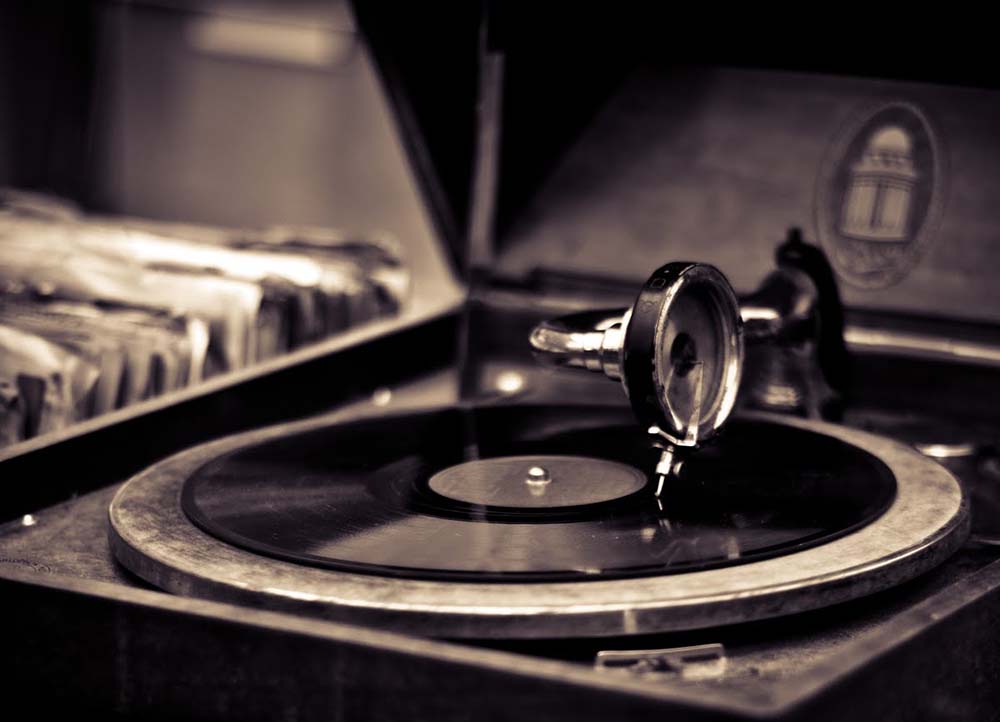
Gauhar Jaan of Calcutta, Malka Jaan of Agra, Janki Bai of Allahabad, Zohra Bai Agrewali, Husna Jaan of Banaras, Wazir Jaan of Banaras, Oomda Jaan of Hyderabad, Mehboob Jaan of Solapur, Mumtaz Jaan of Delhi, Binodini Dasi, Bedana Dasi, Manada Sundari Dasi, and singers from the South, such as Salem Godaveri, Dhanakoti of Kanchipuram, Coimbatore Thayi, Tiruchendur Shanmukhavadivu, Bangalore Thayi, and Mysore Adi Lakshmi, were among the women who rose to fame in the first two decades of recording.

The Feisty Gauhar Jaan (1873-1930)
The first artist from the subcontinent to commercially record on the gramophone in November 1902, she was baptised Eileen Angelina Yeoward, an Armenian Christian. Later, Eileen converted to Islam and became a well-known vocalist in Calcutta. She devised the amazing method of fitting three minutes—the maximum length for a single side of a record—of Hindustani music. She would end all her recordings with a loud declaration, ‘My name is Gauhar Jaan.’
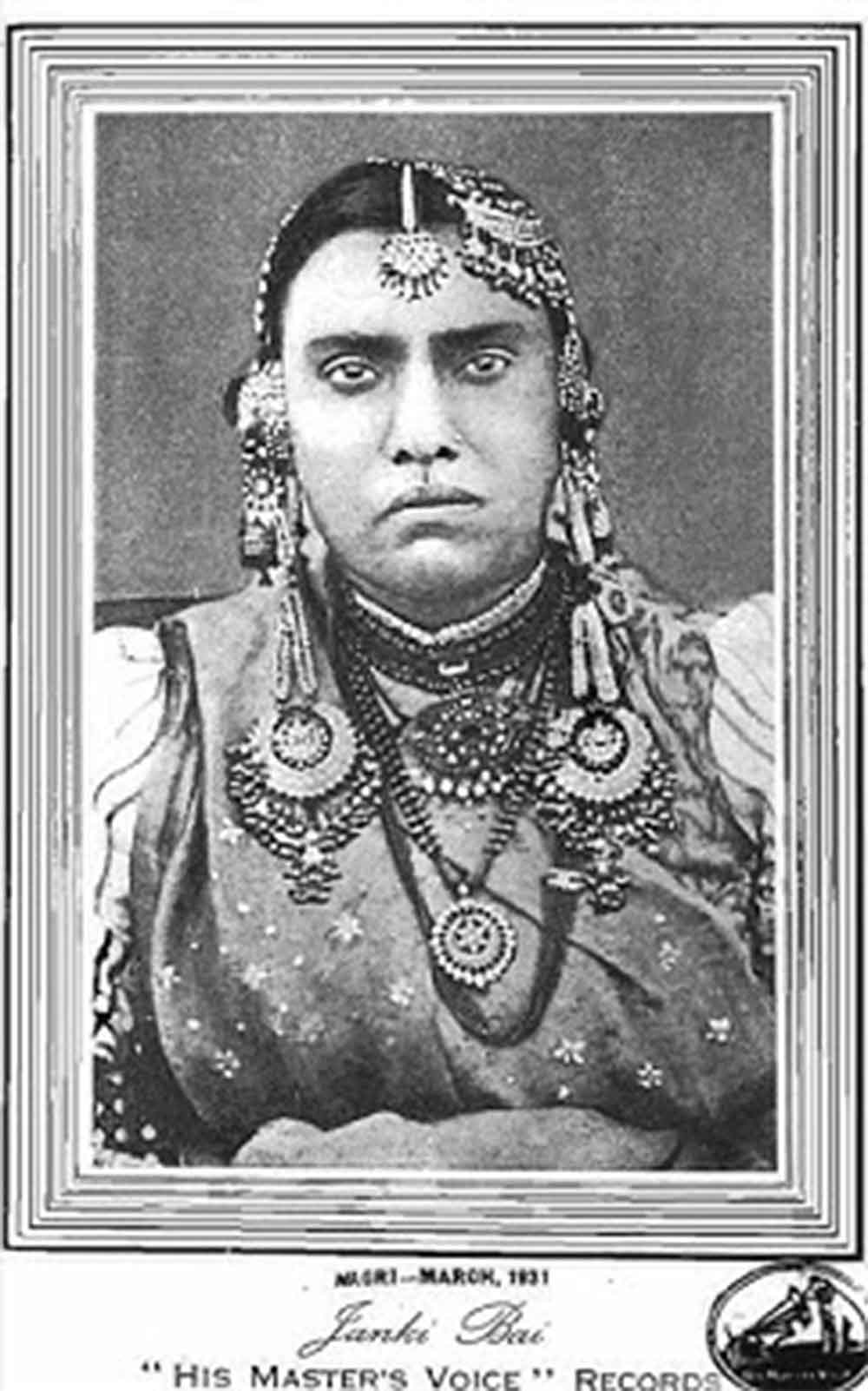
Chappan Churi Aka Janki Bai (1880-1934)
Known by the curious moniker ‘Chappan Churi,’ Janki Bai, a native of Allahabad, was a highly regarded Hindustani vocalist and one of the most well-known singers to record on the gramophone. It is said that a lover allegedly left her with 56 scars when he felt rebuffed with her lack of response. Janki Bai was also a gifted poet who composed a book of Urdu poems titled ‘Diwan-e-Janki.’
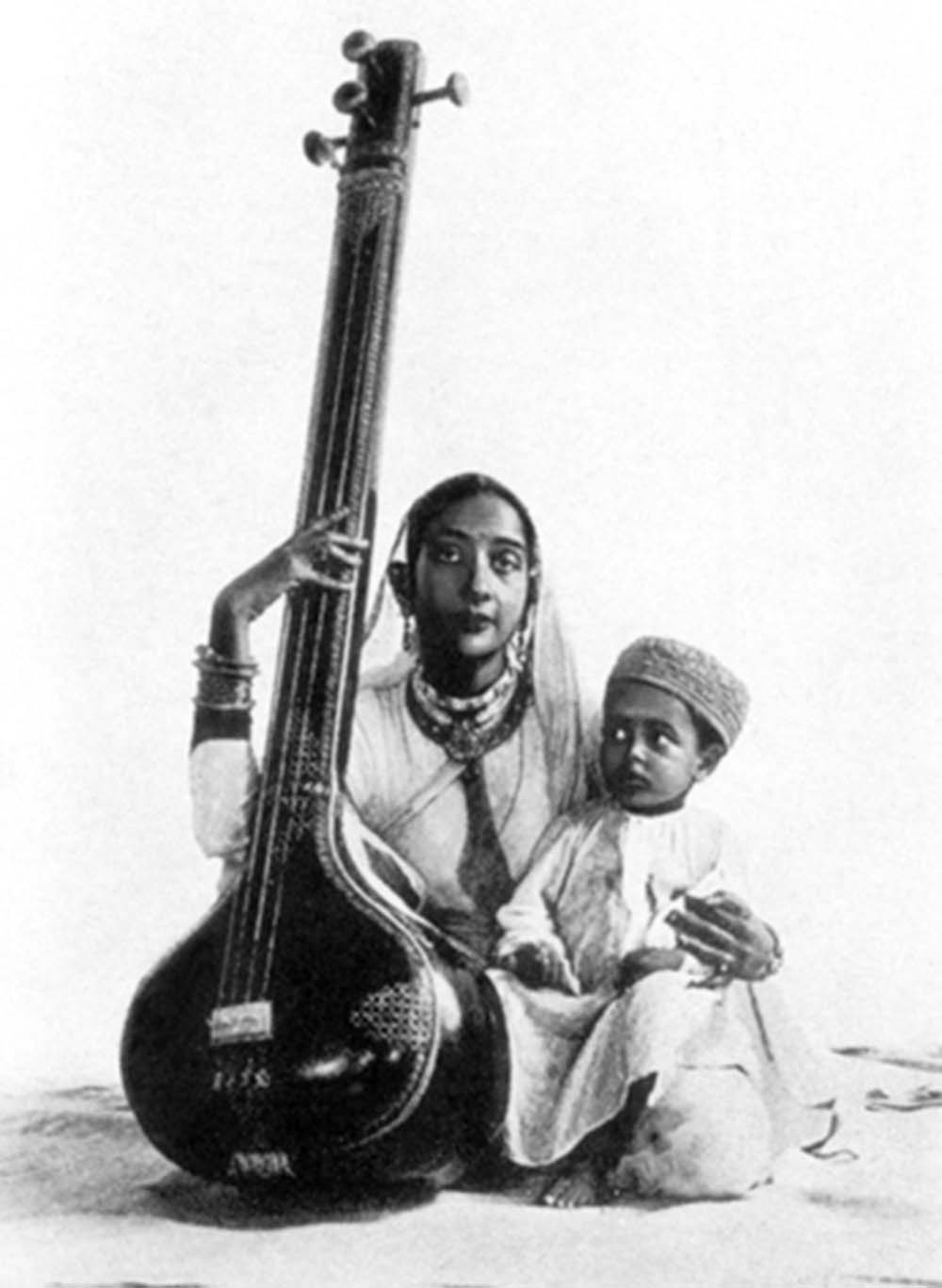
Zohra Bai Of Agra (1868-1913)
Zohrabai comes from the Agra gharana. She gained recognition for her khayal singing as well as for her lighter styles, such as ghazals and thumris. She was one of the most well-known and influential vocalists of Hindustani music in the early 1900s. Zohra’s interpretations of khayal in the little three-minute capsule demonstrate her training, idiom expertise, and dexterity. She marks the end of the singing era of courtesans in Indian classical music along with Gauhar Jaan.
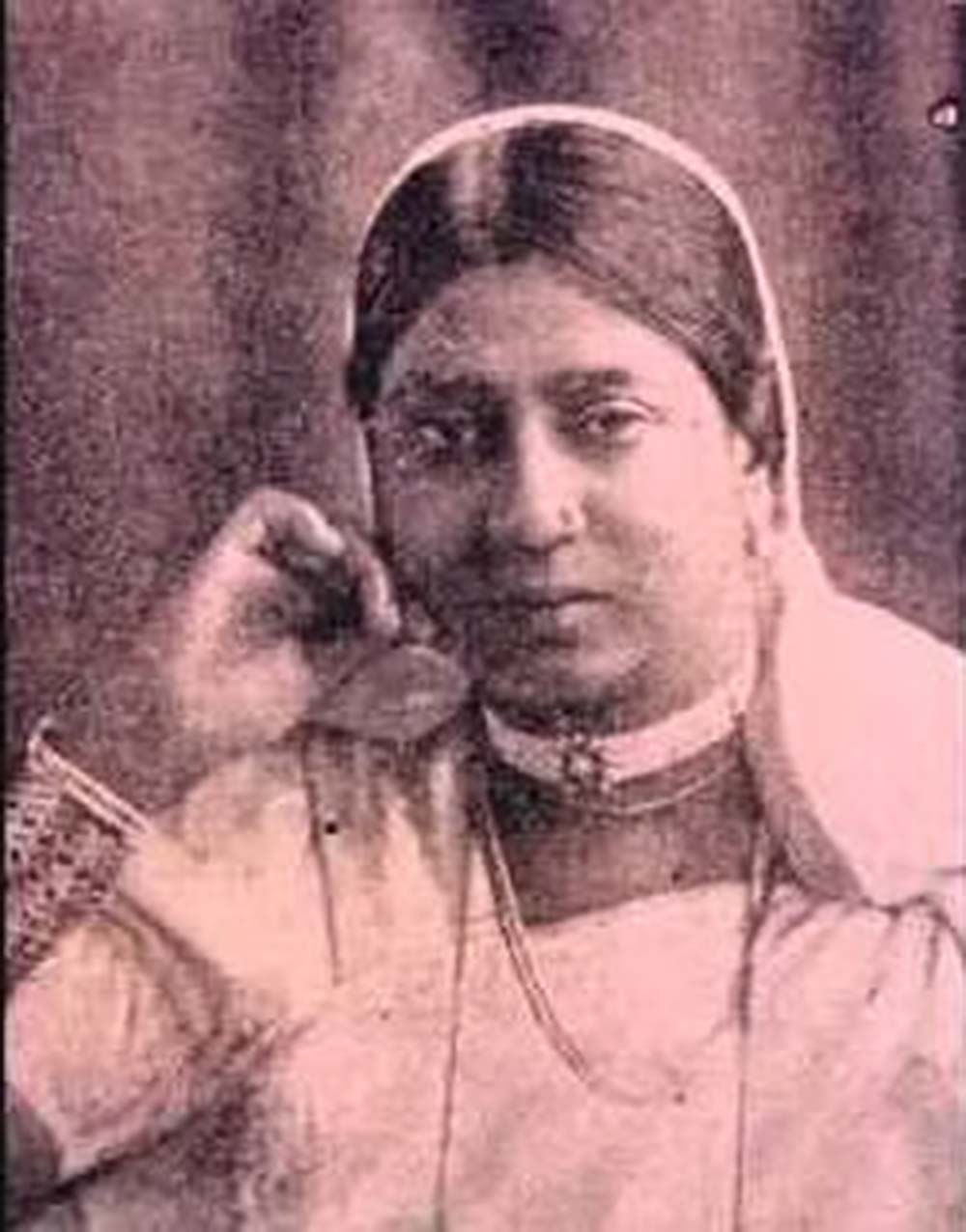
Manada Sundari Dasi Of Calcutta (1910–1920)
The most recorded artiste of her time, her vinyl records were mostly released under the Pathe, HMV, and Beka labels. Even during the era of subpar acoustic recording, her voice production was immaculate, and she was an expert in Bengali tappa and tap-khayals. She hailed from the Kalighat area of South Kolkata, where professional singers entertained tourists who flocked from different parts of India to visit the Kali temple.
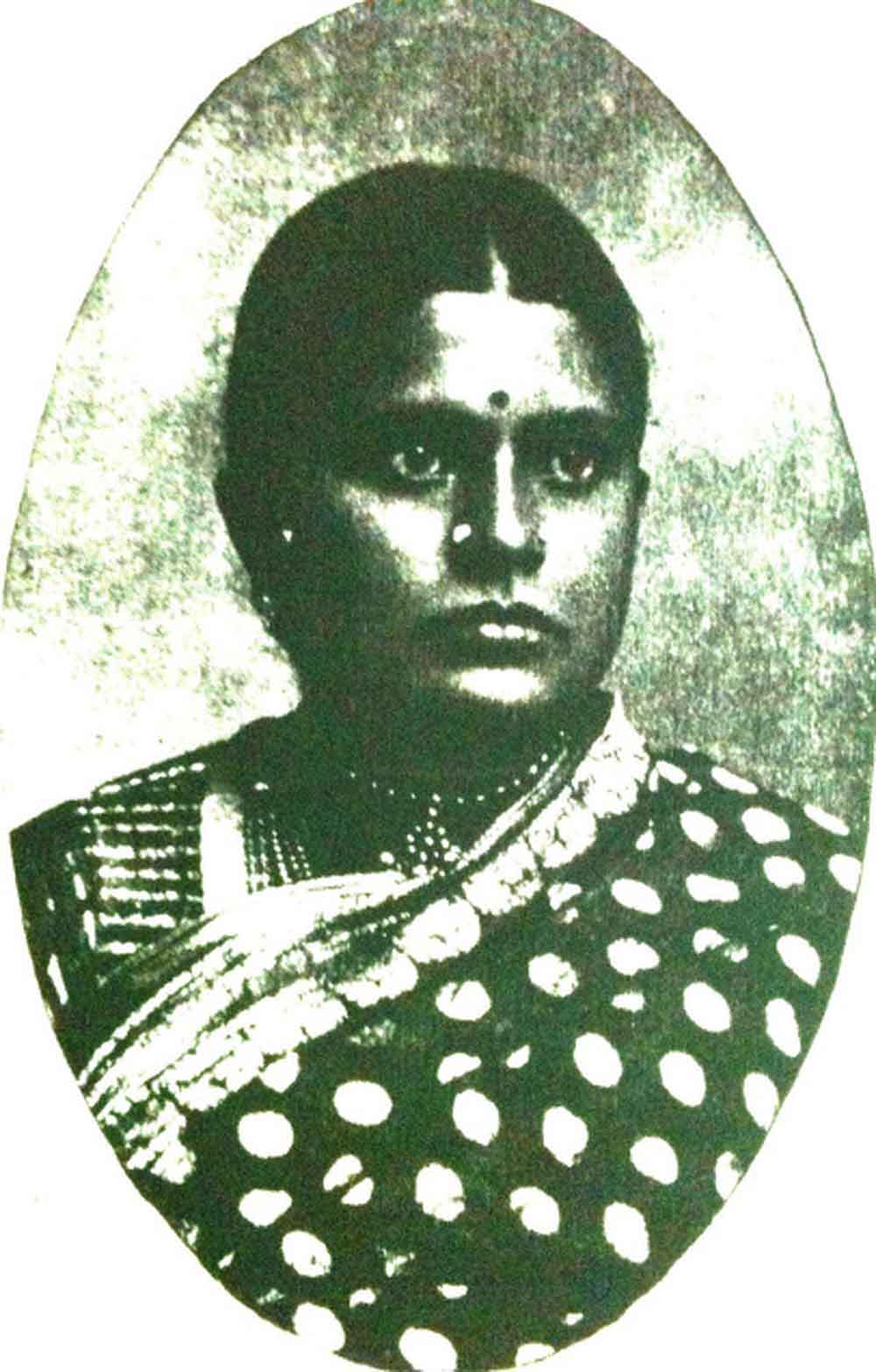
Thayi Of Coimbatore
Fondly called Thayi, she was exposed to classical music and sadir (as Bharatanatyam was formerly known) quite young. She was one of the most popular singers in Madras in 1908. The Gramaphone Company specially allotted two weeks exclusively for the ‘Coimbatore Thayi Recording Sessions.’ Thayi was a natural and a quick learner. Following a fortuitous encounter with vocalist Mysore Kempe Gowda, she picked up Kannada songs. In her prime, she relocated to Madras around the 1890s and settled in George Town, the neighbourhood where the majority of devadasis (temple dancers) lived. Thayi was a prolific recording artist, having cut over 300 discs in her lifetime.

Sundarabai Of Pune (1885-1955)
Sundarabai was a child prodigy who received training in Hindustani classical music and Marathi folk music, such as the Lavani. She became well-known for her melodious bhajans and ghazals. Her diction in Urdu and Hindi were both equally excellent. She composed music for plays by Bal Gandharva, including ‘Ekach Pyala’. She acted in Prabhat Films’ ‘Manoos,’ which was dubbed in Hindi as ‘Aadmi,’ and was a prominent figure at All India Radio Bombay Station. She inspired fellow women artistes to sing on the radio and gramophone, since she believed that was the way forward for them.
Image source: The Print, Bhaskar assets, Wikimedia, Google arts & culture